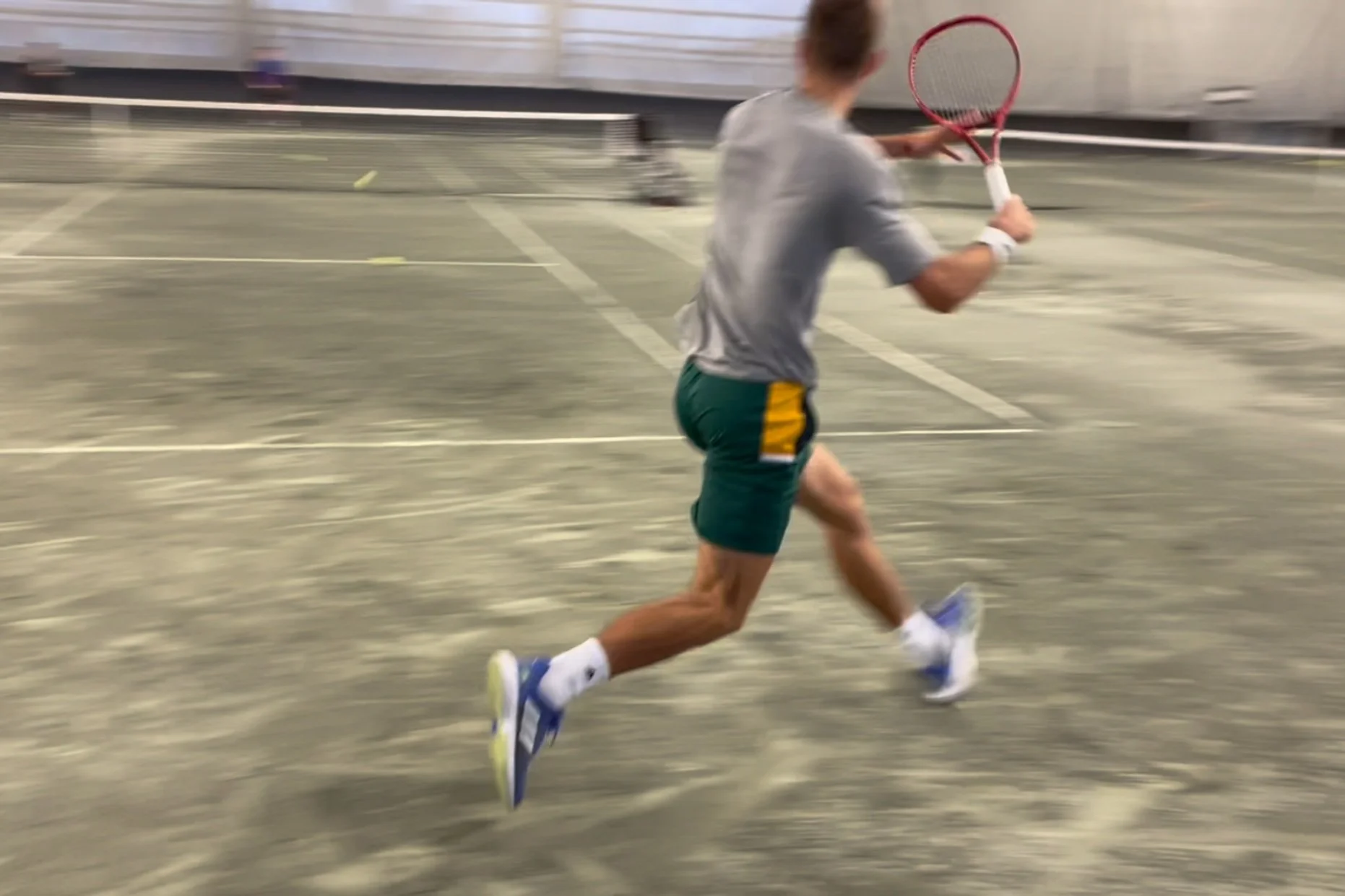After my last post, I received many inquires from young players. The questions ranged from "do you think I should give the tour a try" to "what does it take". I believe every young player should ask themselves these important questions. But perhaps beforehand, they should know what it means to be a pro tennis player.
Have you ever looked at a tennis player’s profile page? Notice the image below and pay close attention to where it says “Turned Pro”. There are over 2000 men on the ATP circuit that have ‘Turned Pro’ but in my opinion, there’s a difference between being a true professional and still being an amateur.
Post-college tennis players give up too soon. Let me be more specific. Post-college players often times don’t have a clue what to do once they’re free from exams and fierce duel matches. So many of them claim they’ll continue to play tennis. But the reality...they hack around. They play a few pro events, a couple money tournaments, coach on the side but they don’t truly commit to any one of those things. Perhaps not all post-college players are like this but I was, and many of my former competitors and training partners were too.
In a previous post, I outlined the physical demands during tennis play and briefly explained how these demands can be addressed through strength training. Many coaches believe that once you assess the demands, programming begins. Well…almost. Before we can begin putting a plan together, we must determine the specific needs of your athlete. This is generally done through various means, including - but not limited to - testing, questionnaires, conversation, observation, tracking and so on. This article will focus on physical testing as it relates to tennis play.
A few weeks back I wrote an article about strength training for tennis. More specifically, I wrote that physical training for tennis should stop focusing on “fancy drills” that may appear useful on the outside. Among other qualities (not the focus of this article), physical training for tennis should include a properly planned and executed strength training protocol. In this post, I’m going to outline the mechanical demands of tennis - this will hopefully provide a better understanding as to why strength training is important for tennis. And a brief application of strength training will be linked to each tennis demand to provide further context.
Last week I wrote about some key lessons I learned from a weightlifting coach. One of those key lessons was the importance of general training for athletes. Although general training is vital for any athlete, developing athletes may get the greatest benefit from this type of work. When I talk about general training, I am referring to non sport specific movements. For tennis players, this means movements that are non tennis related. John Kiely, sport scientist and elite coach, refers to general training, especially in the early years of development, as movement diversity. In this article, we’ll explore the current dogma in physical preparation for tennis, why early specialization is an almost must and the theory behind general training.
About 6 months ago I hired a weightlifting coach. You might be wondering why. There are 2 main reasons - first, he owns a gym less than 50m from my front door. Second, he was a national champion weightlifter in Cuba, national champion in Canada (in his late 30s), silver medalist at the World Championships, coached a world champion and has worked with many athletes from many sports around the World. Needless to say, I was intrigued.
Below are some of the lessons I’ve learned; in training, sport and life.
I’m obviously a big tennis fan. I don’t just follow the big events - although don’t get me wrong I do enjoy watching the top guy’s compete - but I also follow junior tennis and the lower ranks of the ATP, specifically the Canadians. This past weekend I watched the end of a Davis Cup match between Richard Gasquet of France (ATP World number 10) and Philip Bester of Canada (ATP World number 160). Although Bester played well, he inevitably lost in straight sets to the formidable Gasquet. What struck me though, was not the match itself but what Bester had to say in his post-match interview:
This post will touch on one of the most important qualities for a tennis player - reactive ability. Being reactive will help any tennis player be set for more shots and run down tougher balls without having to run any faster than they already do. Now before I get into the nitty gritty details I think it’s important to distinguish between reactive ability and reaction time (no they are not the same thing...although also not mutually exclusive).
We’re all aging. For some of us, the aging process might feel faster than for others but the fact is, none of us are getting any younger. When it comes to muscle mass, research suggests that after 40 years of age we lose about 5% of muscle mass per decade with even more accelerated losses after the age of 65 (Candow et al 2011). Obviously we all want to maintain and/or gain muscle as we age but there’s something more important at stake here - the loss of strength and power!
I’ve seen it many times - with athletes, regular joes and even friends & family, they make the ultimate decision - I’m going to lose this extra weight and get into the best shape of my life! Things usually start off really well. They clean out their fridge and pantry, buy fruits, vegetables, lean meats, get more sleep, go to the gym 3 days/week, run 10k for the first time….the list goes on and on. They finish their first couple weeks without missing a beat; daily exercise and diet spot on. A few weeks go by and things begin to slip - 3 days/wk in the gym have turned into 1 day/wk….a couple extra cheat meals...motivation to run has turned into fatigue. “It’s ok” they say, “I’ll get back to it on Monday”. But the cycle just repeats itself.











